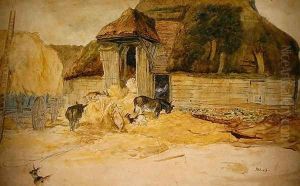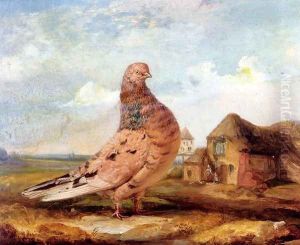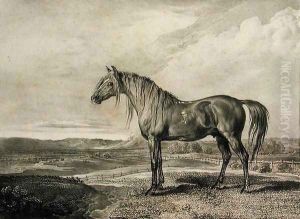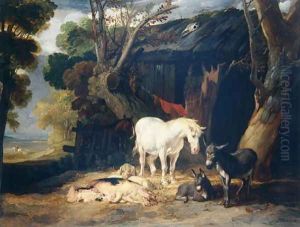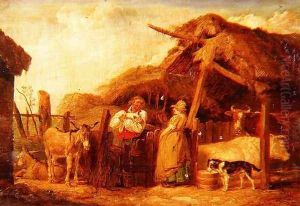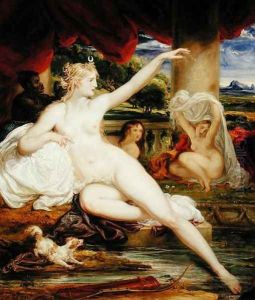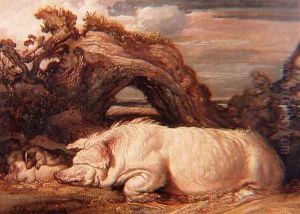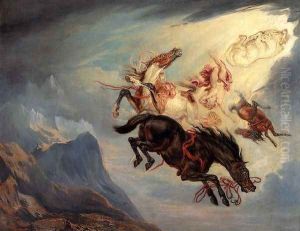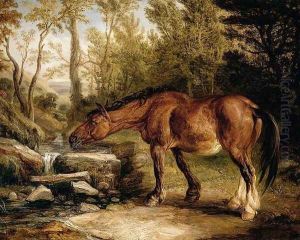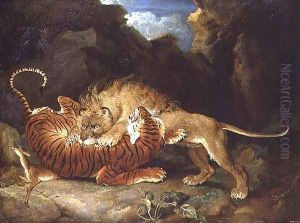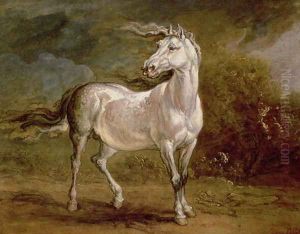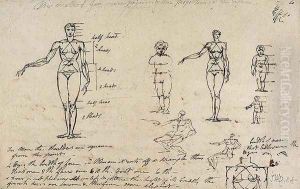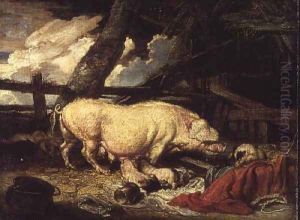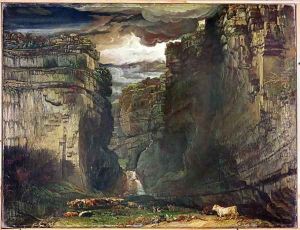James Ward Paintings
James Ward was a British painter, particularly noted for his animal paintings and for his contribution to the Romantic movement. Born on October 23, 1769, in London, he was one of the outstanding animal painters of his time, and he has been described as the greatest painter of horses after George Stubbs.
Ward was the younger brother of William Ward, the engraver, and was apprenticed to the mezzotint engraver John Raphael Smith at the age of twelve. During his early career, he worked as an engraver and did not turn to painting until later in life. In time, he became influenced by the work of George Stubbs and began to establish himself as a painter.
With a keen interest in the dynamic representation of animals, Ward's skill was evident in his ability to depict them with both anatomical accuracy and a strong sense of vitality. He was particularly admired for his expressive use of light and shadow, which added drama to his compositions.
In 1807, he was commissioned by the 3rd Duke of Bedford to produce a work that would rival Stubbs's 'Whistlejacket'. The result was the monumental painting 'The Gordale Scar', which is considered to be one of his masterpieces. Although primarily known for his animal paintings, Ward was also a competent landscape and portrait painter.
Throughout his career, James Ward was influenced by the Romantic movement, and his work often reflected the period's fascination with nature, emotion, and the sublime. His style was characterized by dramatic lighting and rich colors, which were well received by the public and critics of his time.
Ward was elected as a Royal Academician in 1811, which was a significant recognition of his artistic achievements. He continued to paint and exhibit his work throughout his life. James Ward passed away on November 17, 1859, leaving behind a legacy that has been celebrated for its contribution to British art and the Romantic movement.
















